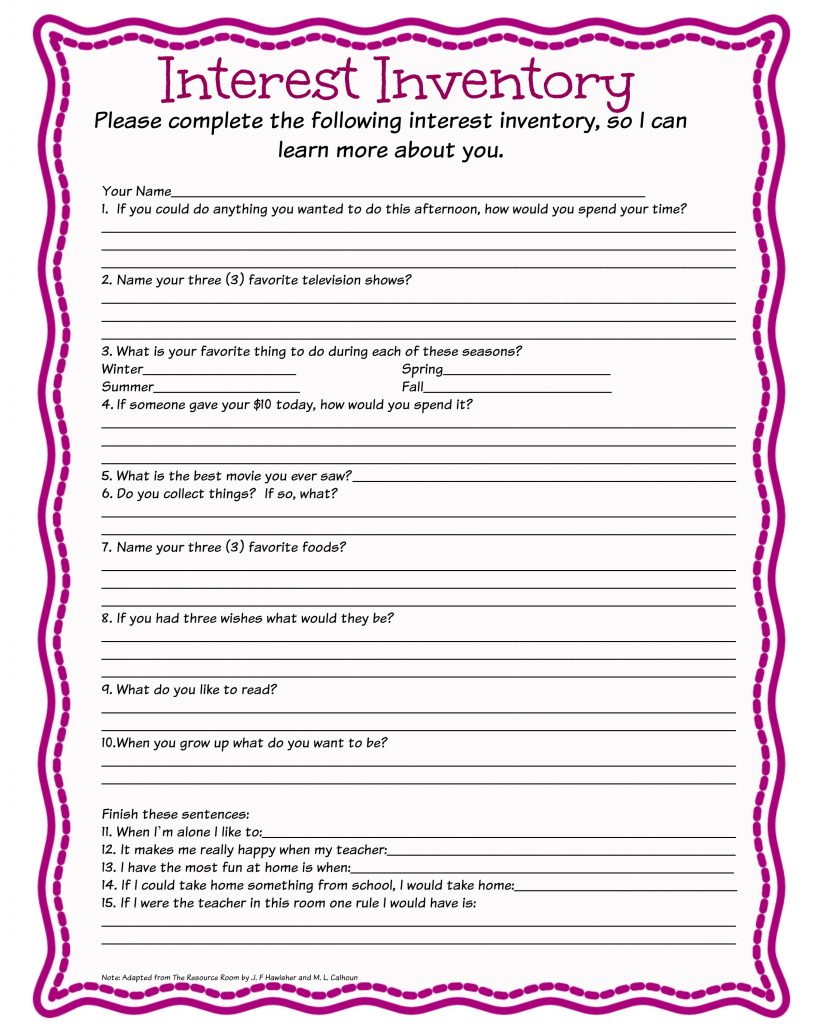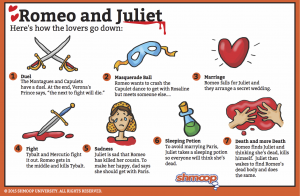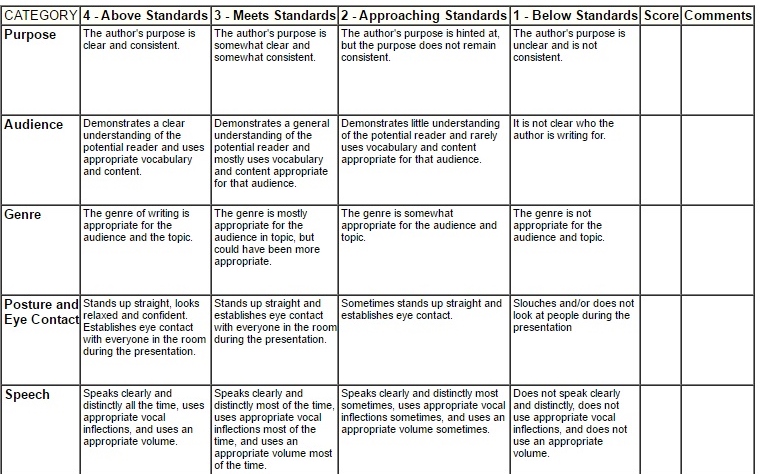Although I was not particularly happy about waking up at 8 am to attend a school-related event on a Saturday, I am so glad that I had the opportunity to attend Longwood University’s Education 360 conference. I attended two sessions: Dr. Kristina Doubet’s “Motivating Every Student: The Power of Connection” and Dr. Sarah Tanner-Anderson’s “From Your Prospective Principal’s Perspective: How to Snag and Keep that J-O-B!”
This semester I am only taking education classes, which I expected to be exciting since I am very passionate about education, but it has actually been a very frustrating experience because I am just hearing a lot of repetition in most of my classes. Hearing Kristina Doubet speak reinvigorated my passion for learning about education because she mentioned so many ideas that I have not already heard. I firmly believe that forming strong relationships with students is one of the most important aspects of teaching, and this was the focal point of her speech. One of focal points of her speech was taking students’ interests into consideration. She presented a variety of ways to do this, but one that really stuck with me was using music to get to know students. There are a lot of connections between music and literature, and analyzing song lyrics really is not that different from analyzing poetry, so asking students to choose lyrics that represent them and then analyze why those lyrics represent them is fun way for students to tell me about themselves, while also integrating some course content that I could potentially use as a formative assessment. She also recommended that we use turn their responses into a class playlist, which would be an excellent way to keep students attentive as they listen for their favorite song to come on, and also to make our classroom a more comfortable and home-like environment. My favorite part of her presentation was her suggestion to include the question “How are you?” at the top of assignments in addition to asking students to write their name, date, and class period. This seemed like such a subtle thing at first, but the more I think about it, the more impactful it seems. Including such a simple question can show students that I actually value them as individuals, and not just as learners; it conveys the idea that not only do I care about the work they are about to put on that piece of paper, but that I also care about the person who is doing the work.
Dr. Tanner-Anderson’s presentation was phenomenal. I learned as much about how to be engaging from just watching her talk as I did from the content of her speech. I was lucky enough to be in Dr. Tanner-Anderson’s Content Area Literacy class during my sophomore year, so I was already aware of what a dynamic, exciting, and passionate individual she is, but I had no idea that she would exhibit the same, if not more, captivating enthusiasm at 10 am after waking up very early that she had in her late afternoon classes. One of the aspects of the delivery of her presentation that was most appealing was her ability to relate to her audience. Knowing that she was speaking to a group of Longwood students, she told us all about her time at Longwood before she even began to address snagging and keeping a job. This gave us a personal connection to her and, because I personally love Longwood excessively, engaged me in what she had to say from the beginning. She also mentioned that she always a very positive and happy person, which clearly shined through as she spoke and was very contagious. It made me realize how much of an impact my attitude can have on my students, and reinforced the importance of remaining positive and cheerful at all times so my students will be more inclined to do the same.
In terms of the actual content of her presentation, Dr. Tanner-Anderson was incredibly insightful. One comment she made that really resonated with me is that employers are assessing your behavior from the minute you step into the school. She mentioned that her secretaries will often send her an email prior to an interview or speak to her after interviews to give a brief reflection of how the candidate acted when they arrived and what they did as they waited for their interview. In general, I try to be respectful to everyone, and carry myself with professionalism whenever I am in a public place, but I had not thought about how conscientious I need to be of my behavior at all times when I am going to an interview. A really helpful tip she gave for résumés is that we should include volunteer work and involvement in organizations even if we do not think it is super relevant to the job we are applying for because it could be. She cited an example of a time she needed to hire someone who could fulfill the role of being a teacher, as well as the sponsor of an environmental club, so she ended up hiring a qualified teacher who also had experience volunteering with recycling and held a leadership position in an organization in college because they had the skills necessary to lead an environmental club. I have held leadership positions in a few organizations on campus and I perform around 40 hours of community service each semester, but I do not usually include that on résumés because I do not feel like they apply directly to teaching; however, this gave me a fresh perspective and showed me that it is important to include a wide variety of activities (without being excessive) because I’ll never know how all of my seemingly random campus and community involvement could potentially help me to land a job.






